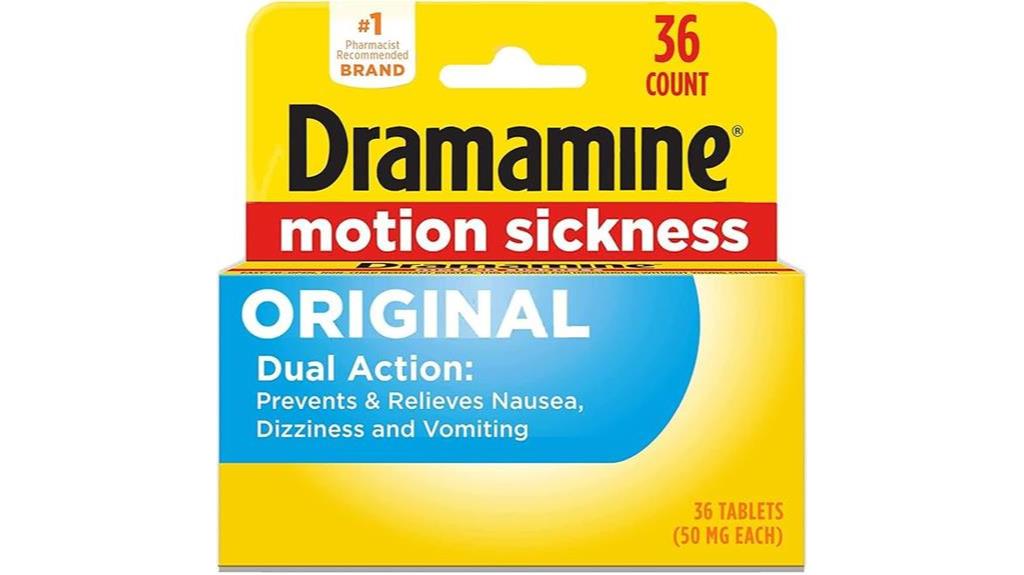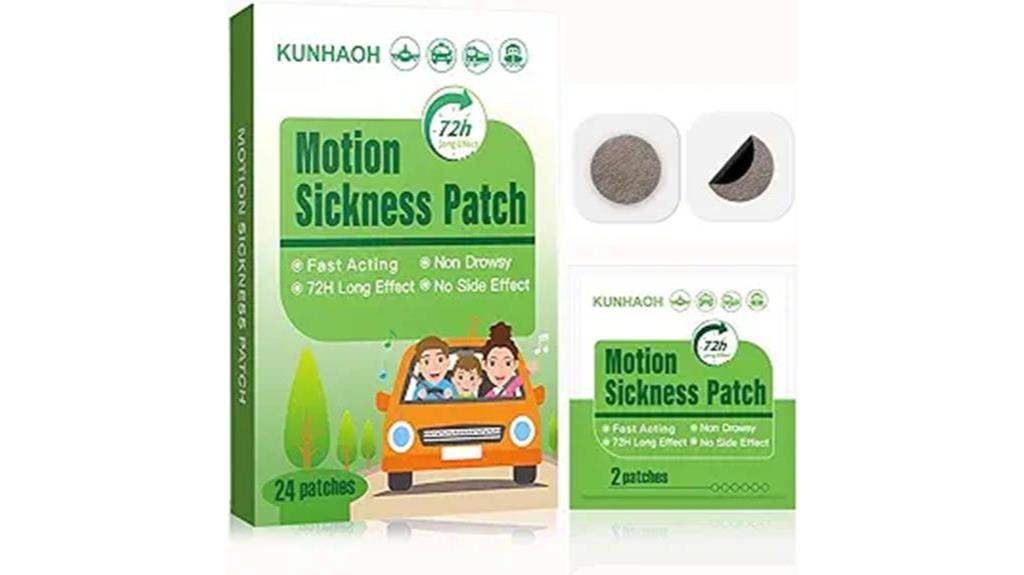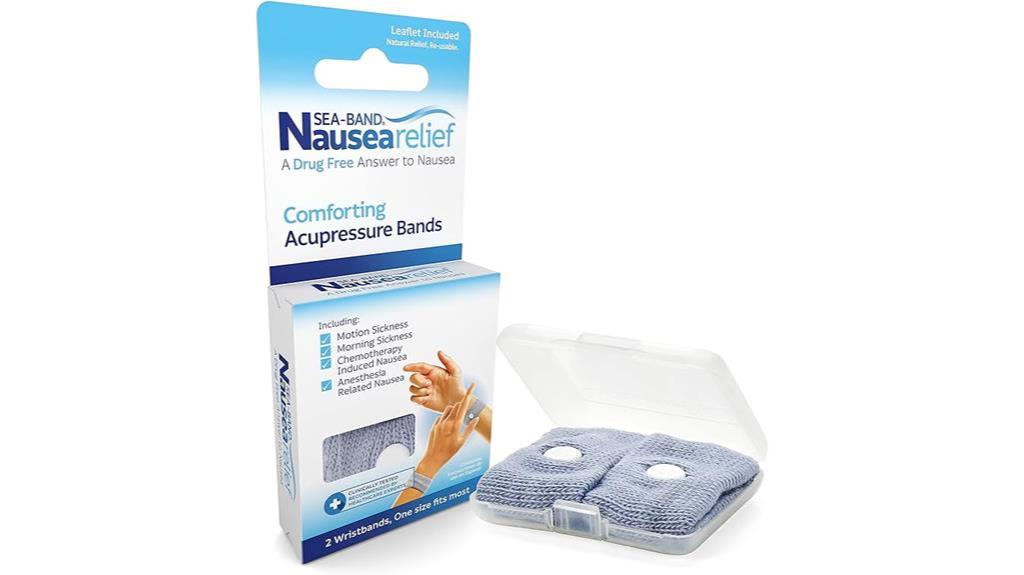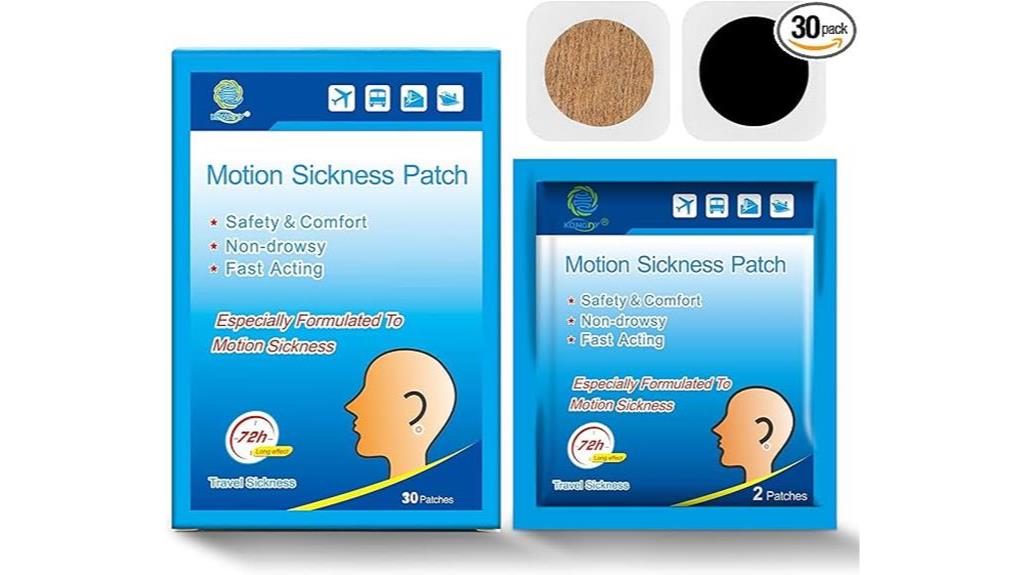Coolife Luggage 3 Piece Set Suitcase Spinner Hardshell Lightweight TSA Lock (black, 3 piece set(20in24in28in)) black 20in24in28in
- Please note that ONLY FAMILY SET has 4 pcs, please ignore the product’s title and select the set you want.
Bose QuietComfort Bluetooth Headphones, Wireless Headphones with Active Over Ear Noise Cancelling and Mic, Deep Bass, Up to 24 Hours of Playtime, Black
- NOISE CANCELLING HEADPHONES: Effortlessly combines noise cancellation technology with passive features so you can shut off the outside world, quiet distractions, and take music beyond the beat
Anker Power Bank(PowerCore 10K),Compact Travel-Ready 10,000mAh Battery Pack with PowerIQ Charging Technology,5V/3A High-Speed Charging for iPhone,iPad,and More (USB-C Input and Output(Black), 2-Pack)
- Slim Size, Big Power: One of the slimmest and lightest 10,000mAh portable chargers on the market. Provides 2 charges for iPhone 15, 1.93 charges for Galaxy S23, and 1.23 charges for iPad mini 6.
Etekcity Luggage Scale for Travel Essentials, Digital Suitcase Weight Scale with Hook, Travel Accessories for Portable Hanging Baggage, 110 Pounds, Battery Included
- 𝑺𝒂𝒚 𝑮𝒐𝒐𝒅𝒃𝒚𝒆 𝒕𝒐 𝑶𝒗𝒆𝒓𝒘𝒆𝒊𝒈𝒉𝒕 𝑪𝒉𝒂𝒓𝒈𝒆𝒔: Avoid surprises at the check-in counter with high-precision measurements that keep your luggage within airline limits—save money and travel stress-free!
BAGSMART Toiletry Bag Travel Bag with Hanging Hook, Water-resistant Makeup Cosmetic Bag Travel Organizer for Accessories, Shampoo, Full-size Container, Toiletries (Baby Pink, Medium)
- Dimension: Medium-10.8'‘L x 3.5"W x 7.9H(folded); Large-12.6'‘L x 4.5"W x 9H(folded); 4 separate compartments with zip and back open pocket for great organization. Suitable for your family trip to pack all men, women , and kids toiletries
For smooth sailing on your cruise, here are five top motion sickness remedies you should consider. Dramamine Original offers quick relief but may cause drowsiness. Motion sickness patches give you up to 72 hours of protection without sedation.
If you prefer a drug-free option, try the Sea-Band acupressure wristband. KONGDY patches utilize herbal ingredients for a more natural approach, while LYJEE bands apply gentle pressure for comfort.
Each remedy has unique benefits, so experimenting can help you find what works best for you. Stick around to uncover more tips for a seamless cruise experience!
Dramamine Original, Motion Sickness Relief, 36 Count

If you’re looking for a reliable solution to combat motion sickness on your next cruise, Dramamine Original is an excellent choice. These tablets contain 50 mg of Dimenhydrinate and are designed to provide fast relief from nausea, dizziness, and vomiting.
I always keep a 36-count pack handy when I travel, as it’s a must-have for smooth sailing. Pharmacists recommend it as the top brand for motion sickness, which gives me confidence in its effectiveness. Just pop a tablet before boarding, and you’re good to go! I’ve noticed that it works wonders, even during rough seas.
Just a heads up, though—be mindful of potential drowsiness. Overall, Dramamine Original is a travel essential I wouldn’t go without!





Best For: Dramamine Original is best for adults and children aged 6 and older who are prone to motion sickness during travel activities such as cruises, road trips, and theme park visits.
Pros:
- Fast relief from nausea, dizziness, and vomiting due to motion sickness.
- Highly recommended by pharmacists, ensuring trust in its effectiveness.
- Convenient packaging with 36 tablets, perfect for travel.
Cons:
- May cause drowsiness, which could affect activities post-ingestion.
- Some users prefer flavored or chewable options, particularly for children.
- Availability and pricing may vary, but often more cost-effective when purchased online.
Motion Sickness Patches (24 Count)

Motion Sickness Patches (24 Count) are an excellent choice for anyone prone to motion sickness, whether you’re setting sail on a cruise or starting a road trip. I love how easy they are to use—just apply one behind your ear or on your belly button about 10 minutes before you hit the road.
The waterproof design means you don’t have to worry about them coming off, though I’ve heard some people say they’ve had issues with sweat. The best part? They last for 72 hours, so you can enjoy multiple trips without needing constant reapplication.



![Cruise Approved Non Surge Power Strip [2 USBC, 2 USB, 3 AC] - Cruise Essentials for Carnival, Celebrity, Princess, Norwegian, MSC & Major Cruise Lines](https://nbanner.link/img/B09W533ZZG.jpg)

I’ve found them to be more effective than Dramamine, and I appreciate that they’re suitable for both kids and adults. They’ve definitely made my travels smoother!
Best For: Individuals and families seeking relief from motion sickness during travel, including car rides, flights, and boat trips.
Pros:
- Long-lasting effect of up to 72 hours, allowing for uninterrupted travel.
- Waterproof and non-drowsy formula, making them convenient for various activities.
- Positive user feedback indicating higher efficacy compared to traditional options like Dramamine.
Cons:
- Some users experienced issues with the patches adhering, especially when exposed to sweat or water.
- The effectiveness may vary, with a few users reporting patches falling off during use.
- Random shipment of old and new packaging may cause inconsistency in presentation.
Sea-Band Anti-Nausea Acupressure Wristband (1 Pair)

For anyone prone to nausea during travel, the Sea-Band Anti-Nausea Acupressure Wristband is an excellent choice. I’ve found these wristbands incredibly effective for alleviating nausea caused by motion sickness, morning sickness, or even post-surgery discomfort. They work by applying pressure to the P6 acupressure point on your wrist, which has been clinically proven to help with nausea.
What I love about Sea-Bands is that they’re drug-free, reusable, and suitable for both adults and kids aged three and up. Many users, including myself, have experienced significant relief almost immediately.
They’re comfortable, portable, and a great alternative to medications that can leave you feeling drowsy. I wish I’d discovered them sooner for my travels!
Best For: Anyone prone to nausea during travel, including those experiencing motion sickness, morning sickness, or post-surgery discomfort.
Pros:
- Drug-free solution that avoids side effects like drowsiness.
- Reusable and washable, making them environmentally friendly and cost-effective.
- Portable and comfortable, easy to carry and wear on the go.
Cons:
- May provide limited relief for severe cases of seasickness.
- Precise placement on the wrist is crucial for maximum effectiveness.
- Some users may find them less effective compared to traditional medications in certain situations.
KONGDY Motion Sickness Patches for Travel (30 Counts)

KONGDY Motion Sickness Patches are an excellent choice for travelers of all ages, especially those aged four and up, who want a natural solution to combat nausea and dizziness while cruising. These patches use herbal ingredients like safflower, ginger, and mint, which help alleviate symptoms without causing drowsiness.
I found them easy to apply—just place a patch behind each ear 15 minutes before setting sail. Each patch lasts up to 72 hours, offering long-lasting relief. Plus, they’re waterproof, so I didn’t worry about them coming off while swimming or sweating.
Many users, including myself, experienced quick relief during boat rides, making these patches a go-to for smooth sailing. Just remember, they’re not suitable for pregnant women or those with certain medical conditions.
Best For: Travelers aged four and up seeking a natural remedy for motion sickness without drowsy side effects.
Pros:
- Effective relief from nausea and dizziness during various travel scenarios.
- Made from natural plant extracts, providing a herbal alternative to conventional medications.
- Waterproof design ensures patches stay in place during swimming or sweating.
Cons:
- Not suitable for pregnant women or individuals with certain medical conditions.
- May not be as effective for severe motion sickness compared to prescription options.
- Some users report varying effectiveness, with mixed reviews on mild symptoms.
LYJEE Motion Sickness Bands (5 Pairs)

If you’re looking for a drug-free solution to combat nausea during your next cruise, the LYJEE Motion Sickness Bands might be just what you need. These bands apply gentle pressure to the Nei-Kuan acupuncture points on your wrist, promoting balance and alleviating various types of nausea, whether it’s from seasickness or morning sickness.
I found the cotton material comfortable, though I noticed they could feel tight after wearing them for a while. Many users, including myself, reported significant relief during travel, making them perfect for both adults and kids.
Plus, with five pairs in a pack, they’re affordable and convenient for the whole family. Just remember, they work best for shorter trips, so keep that in mind!
Best For: Individuals seeking a drug-free solution to alleviate motion sickness, including children and adults.
Pros:
- Effective in providing relief from various types of nausea, such as seasickness and morning sickness.
- Made from soft cotton material, ensuring comfort during wear.
- Affordable pack of five pairs, making it convenient for family use or multiple travel occasions.
Cons:
- Some users may find the bands tight and uncomfortable after extended wear.
- Effectiveness may vary from person to person, with mixed results reported by some users.
- Negative feedback regarding return policies for unopened packages.
Factors to Consider When Choosing Motion Sickness Medicines for Cruises
When you’re choosing motion sickness medicines for your cruise, consider how effective and fast they are at relieving symptoms. You’ll also want to think about potential drowsiness and side effects, as well as how easy they are to apply. Finally, take into account the duration of relief and any age-specific safety considerations for you and your travel companions.
Effectiveness and Speed
Choosing the right motion sickness medicine for your cruise can make a considerable difference in your comfort during the trip. The effectiveness of these remedies varies, so understanding how quickly each option works is essential. Some medications, like those containing Dimenhydrinate, provide immediate relief, which is ideal for sudden discomfort while sailing.
If you prefer a solution that won’t make you drowsy, consider non-drowsy options such as certain patches. These can offer longer-lasting effects without the sedation associated with traditional medications, making them perfect for extended travel.
Additionally, pay attention to how long the relief lasts; some remedies can provide effective protection for up to 72 hours. This is particularly beneficial for longer cruises where ongoing prevention is key.
Remember that individual responses to these medications can differ considerably. Testing various options before your cruise can help you identify what works best for your specific needs. By choosing the most effective and speedy remedy, you’ll enhance your chances of enjoying a smooth and comfortable sailing experience.
Drowsiness and Side Effects
Drowsiness is a major concern for many travelers selecting motion sickness medications for cruises. Many traditional options, like those containing Dimenhydrinate, are known to cause drowsiness as a common side effect. If you take these medications, you might find yourself feeling fatigued or groggy, which can really limit your enjoyment of onboard activities and excursions.
To avoid this, consider non-drowsy alternatives. Motion sickness patches can provide effective relief without the sedative effects associated with oral medications. Additionally, acupressure wristbands offer a drug-free option that doesn’t induce drowsiness, making them ideal if you want to stay alert during your cruise.
Before choosing a remedy, it’s essential to read labels carefully. Some medications are specifically designed to minimize drowsiness while still alleviating symptoms. Consulting with a healthcare professional can also help you find the right balance between effectiveness and side effects. Ultimately, you want to enjoy every moment of your cruise without the cloud of drowsiness hanging over you. Prioritize options that allow you to participate fully in all the fun activities and excursions your cruise has to offer.
Application Method and Convenience
Understanding the application method and convenience of motion sickness remedies is essential for a smooth cruise experience. When choosing the right option, consider how easy it is to use while you’re on the go.
Oral medications, like tablets, need to be taken before you set sail, which means you’ll have to plan ahead to guarantee you take them at the right time. Patches, on the other hand, offer a longer-lasting solution. You’ll apply them behind your ears or on your belly button at least 10 to 15 minutes before travel, but they can provide relief for up to 72 hours, making them a reliable choice.
If you prefer a drug-free alternative, wristbands that utilize acupressure can be worn continuously and are easy to put on at any point during your journey. Their portability allows for discreet use and easy storage, so you won’t have to worry about carrying bulky bottles or packs.
Ultimately, consider which application method fits your lifestyle and travel habits best. This will help you stay comfortable and enjoy your cruise to the fullest.
Duration of Relief
When planning for a cruise, contemplating the duration of relief from motion sickness medications can make a big difference in your comfort. Some options, like transdermal patches, can provide up to 72 hours of continuous effectiveness, allowing you to enjoy your trip without frequent interruptions for dosing. In contrast, oral medications, such as tablets, usually require more frequent doses and may not last as long.
Your individual response to these remedies also plays a key role in how long relief lasts. While some may feel immediate effects, others might experience a gradual improvement, which can impact your comfort level during the cruise. Consequently, it’s essential to evaluate when to take or apply the medication. Some remedies need to be administered well before you set sail to guarantee maximum effectiveness.
For extended travel like cruises, long-lasting options are often preferred, as prolonged exposure to motion can lead to increased discomfort. By selecting a medication that aligns with your needs for duration of relief, you can enhance your overall cruising experience and focus on enjoying your adventure at sea.
Age and Safety Considerations
Considering age and safety is vital when choosing motion sickness medications for your cruise. Many products are only suitable for adults and children aged 6 and older, so always check the packaging for specific age recommendations. Some remedies may not be safe for younger children or infants, which could lead to unnecessary risks during your trip.
If you or anyone in your party has pre-existing health conditions or is pregnant, it’s wise to consult a healthcare professional before selecting any motion sickness remedy. This guarantees that you choose a safe option tailored to your needs.
Keep in mind that some motion sickness medications can cause drowsiness, affecting individuals differently based on age. Planning for this side effect is essential, especially for children who may need to remain alert for activities.
If you’re traveling with kids or anyone who needs to stay focused, consider opting for non-drowsy medications. This way, everyone can enjoy the cruise without the fog of fatigue. Prioritizing age and safety not only enhances your experience but also guarantees a smoother, more enjoyable sailing adventure for everyone involved.
Frequently Asked Questions
Can Children Use Motion Sickness Medicines for Cruises?
Yes, children can use motion sickness medicines, but it’s crucial to consult a pediatrician first. Different medications have age restrictions and dosages tailored for kids. You should avoid giving adult formulations to children, as the effects can vary considerably. Be sure to monitor your child for any side effects after administering the medicine. Always follow the recommended guidelines to guarantee their safety and comfort during travel, especially on a cruise.
How Long Before Departure Should I Take Motion Sickness Medication?
Taking motion sickness medication is like preparing a ship before it sets sail; timing is essential. You should take your medication about 30 to 60 minutes before departure for the best results. This allows the medicine to kick in and start working, so you can enjoy your journey without feeling queasy. If you’re using a patch, apply it at least 8 hours beforehand. Don’t forget to check the specific instructions on your chosen medication.
Are There Any Side Effects of Using These Medications?
Yes, there are some side effects to be aware of when using motion sickness medications. You might experience drowsiness, dizziness, or dry mouth. Some people also report blurred vision or difficulty concentrating. If you’re sensitive to these effects, it’s best to start with a lower dose and see how your body reacts. Always consult your healthcare provider if you have concerns or experience persistent side effects after taking the medication.
Can I Combine Different Motion Sickness Treatments?
Combining different motion sickness treatments can be like mixing colors on a palette; you might create something beautiful or end up with a muddled mess. You should consult a healthcare professional before mixing medications. Some combinations might enhance the effects, while others could increase side effects. Always monitor how your body reacts and don’t hesitate to adjust your approach if you feel unwell. It’s crucial to find what works best for you.
What Natural Remedies Can Help With Motion Sickness on Cruises?
When you’re dealing with motion sickness, natural remedies can be a great help. Ginger is well-known for easing nausea, so consider sipping ginger tea or chewing on ginger candies. Peppermint is another option; its aroma can soothe your stomach.
You might also try acupressure wristbands, which apply pressure to specific points. Fresh air often helps too, so step outside when you can. These remedies can make your experience more enjoyable and comfortable.
Wrapping Up
When it comes to enjoying your cruise, finding the right motion sickness remedy can make all the difference. Whether you prefer traditional medications like Dramamine, effective patches, or natural alternatives like acupressure bands, there’s something for everyone. Imagine sailing smoothly with the ocean breeze, free from nausea—doesn’t that sound perfect?
By considering your options and personal preferences, you can set sail with confidence and make the most of your unforgettable adventure on the water.





